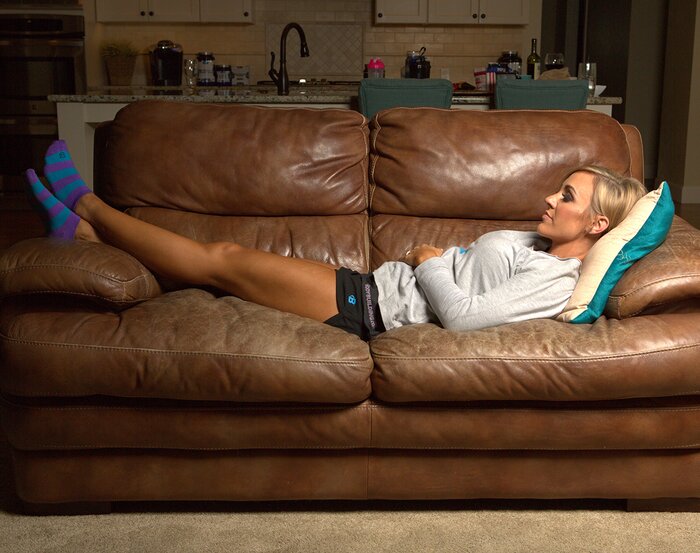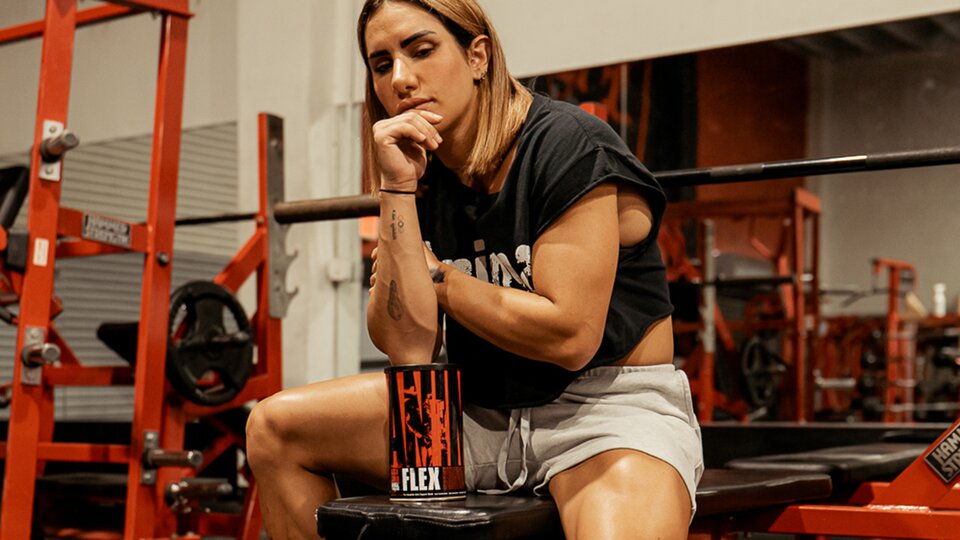Are Isolation Movements Better for Muscle Growth? | Which Comes First: Strength or Hypertrophy? | Do I Need Rest Days? | Overtraining vs. Overreaching | How to Balance Volume and Intensity | The Power of Autoregulation
As simple as the concept of a rest day might seem, most people still don’t seem to really understand what it actually is. A rest day doesn’t mean running six miles or doing a quick CrossFit metcon and calling it ”active recovery.” But it also doesn’t mean sitting your ass on the couch all day watching your favorite show.
Let’s dive into this overlooked and misunderstood concept and discover why you need rest and how to create a rest day routine that works for you.
Why (and When) You Need a Rest Day
In order to elicit a positive training adaptation—get stronger, move faster, run farther—we need to crank the intensity dial way up for certain training sessions and turn it way down for others. This is where the concept of a ”rest day” comes into play, because it gives your body time to recover from intense training.
Here’s the part most people don’t want to admit: If you can train seven days per week without taking a rest day, chances are that you’re actually not training hard enough.
Does that mean that everyone should constantly be training at 100 percent intensity day in and day out to earn their rest day? Definitely not. The question then becomes, how do you know when you are training hard enough to improve through adaptation, yet also resting hard enough to recover?
From greens to vitamins to complete joint support, get everything you need to help your body recover. VIEW ALL
An easy way to gauge how hard you are working is using rate of perceived exertion, or RPE. RPE is a subjective rating of how hard you feel you are working on a scale of 1-10, with 1 being the lowest and 10 the highest.
Most lifters spend the majority of their training time in an intensity range well below the minimum threshold for adaptation. Based on the most recent research, the goal should be an RPE of 5 or higher in order to maximize improvements in strength and hypertrophy. By that same token, your rest days should have as low an RPE as possible, which means if you’re getting up to a 3 or 4 on your day off, you’re not really resting.
Creating the Best Rest Day
The work you do in the gym only translates to gains in the space between workouts, which means your body must rest to recover and adapt.

While there are special supplements, machines, and weird rituals some of the best athletes swear by, there is no need to invest in a bunch of recovery voodoo. You already have everything you need, and while good rest days aren’t hard to do, they do require a handful of habits that take a little practice and planning.
Here’s what an ideal rest day for me looks like:
- Wake up from a great night’s sleep.
- Get some fresh air and go for a walk with the dogs.
- Hop in the sauna, and maybe some contrast therapy with an ice bath.
- Sit down with a good book.
- Eat some good, nourishing food throughout the day, mostly cooked at home.
Let’s look at some of the key aspects of this ideal rest day. It starts with adequate sleep—an absolute must for recovery. Then there’s the walking with the dogs, which is just enough movement to get the muscles warm and the blood flowing, but not so strenuous as to cause further wear and tear on the body.
Heat and ice are both tried and tested therapies for relieving muscle soreness, which is why a session in the sauna, a hot bath, or a relaxing dip in the pool are all great rest day activities. Resting the mind is as important as resting the body, so take a break from the screen and read a good book or meditate. And, of course, nutritious food is a must no matter what day it is.
Are all of these things scientifically proven to reduce muscle soreness, accelerate gains, and prevent male-pattern balding? No, but that’s not really the point. There’s some indirect evidence to suggest these activities might help with recovery from exercise, but the point is to find activities and rituals that help you relax and recover.
Consistent Rest Equals Consistent Gains
Speaking from experience, it’s nearly impossible to maintain a consistent training routine without a consistent rest day routine. Don’t skip the part in your training plan that says, ”rest day.”
Treat a day off from the gym like a skill to be practiced as diligently as your workouts. Rest day rituals are there for consistency. When the training gets tough, the rest becomes even more important.
Create your own rest day routine and check off rest day activities just like you would check off sets in a workout. This will help you dial in healthy recovery day habits and give your body the full rest it needs to adapt and grow.

